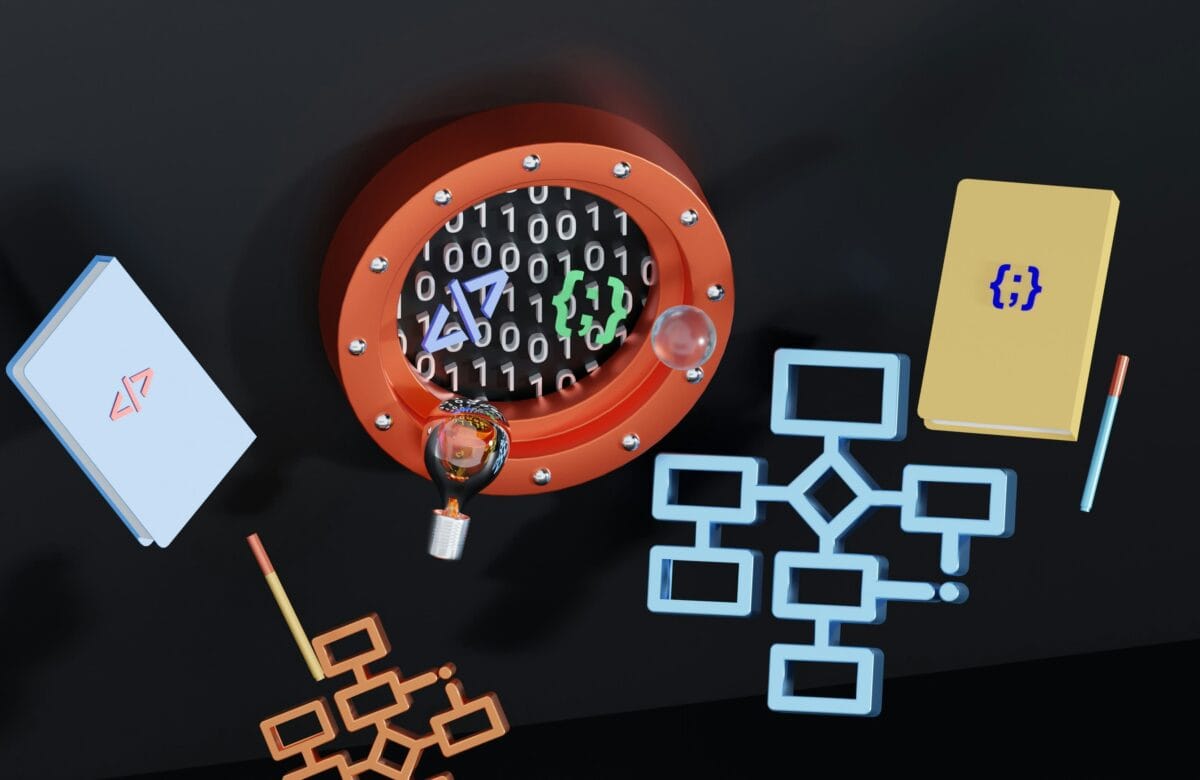Design is not about decoration — it’s about direction. Every pixel must tell the story your brand can’t afford to leave untold.
Yuliya Pivnyak
If you’re a brand, an agency, or a business looking to stand out globally, here’s your roadmap.
In 2025, building a premium website is no longer just about aesthetics or a slick layout. The real frontline has shifted to how you tell the story, how your brand is positioned, and how your content is discovered — not only by people, but by intelligent systems like ChatGPT, Gemini, and Perplexity.
1. Narrative Websites: More Than Just Pretty Design
A narrative website isn’t just a visual treat — it’s a strategic storytelling tool. It merges three core dimensions:
Architecture: information flow, navigation, and modular sections that mirror how your story unfolds.
Copy & Messaging: microcopy, headings, storytelling arcs that guide the user.
Visual Identity: color, imagery, motion — not decoration, but a visual narrative that reinforces your brand.
When done right, users don’t just browse — they feel, remember and act.
2. SEO Had a Makeover — Meet GEO
Traditional SEO is still important. But now, if your website content doesn’t address how generative AI systems parse, summarize, and cite information, you risk being invisible in this new frontier.
This shift is called Generative Engine Optimization (GEO) — optimizing for AI-powered search results, not just classic SERPs.
What that means in practice:
Structure your content so that AI can cite your pages in answers.
Use clear headings, bullet lists, definitions, FAQs — machine-friendly formats.
Cultivate external authority (citations, mentions) because AI often favors trusted sources.
Combine traditional SEO and generative optimization: you want to win both Google and AI queries.
3. Going International? Multisite or Smart Translation Strategy
If your goal is to serve both local clients in Italy and international clients in English or other languages, you have two strong options:
Multisite WordPress approach: separate sites for each language, each with its SEO, content, and structure.
Smart multilingual plugin + strong translation & SEO: same site, with dedicated translated pages and language control (TranslatePress, WPML, etc.).
The key is to treat each language as a market — with different keywords, meta descriptions, and even content emphasis. Your English version should speak to what global clients search, not just a translation of the Italian.
4. Design Meets Performance = Conversion
A beautiful site that loads slowly or is confusing defeats its purpose. Users (and Google) expect:
Progressive enhancement: load basic content first, then layer enhancements. Wikipedia
Smart micro-interactions (hover, scroll-triggered animations) rather than heavy full-page animations.
Mobile-first UX — Google uses mobile-first indexing.
A narrative site must balance drama and function. Every visual effect must serve conversion or story flow.
You don’t need endless pages. What you need is content with purpose:
Pillar pages: your core messaging, case studies, philosophy.
Supporting content (blogs, tutorials, stories) that link back to your core pages.
Evergreen content that positions your brand’s authority (for example: “What is narrative UX?”, “How to translate design to business ROI”).
Content that AI and human readers both value: depth, clarity, examples.
6. How To Show Your Value to Agencies & Clients
To attract discerning clients and agencies, show that you’re not just a web designer — you’re a brand strategist-meets-creator:
Use case studies with metrics (before/after, conversions, engagement).
Publish insights (like this article) to build authority.
Offer “white-label” or “design-as-service” options.
Demonstrate that your process is replicable and scalable (multisite, modular templating).
7. Your 2025 Action Plan
Audit current site pages: identify which ones are narrative, which need rewriting, which can be reformatted.
For each page, ask: how would an AI “answer” a user question from this content?
If going bilingual, plan your keyword sets in Italian and English separately.
Optimize performance (images, caching, minimal JS).
Publish one high-value article or insight monthly, optimized for both human SEO and AI citations.
Final Thought
In 2025 and beyond, you don’t just compete in design — you compete in voice, clarity, narrative, and AI-cited authority.
If you can craft a site that tells your brand story clearly, loads fast, and is optimized for both humans and machines — you don’t just attract clients. You become the answer they didn’t even know they were searching for.










